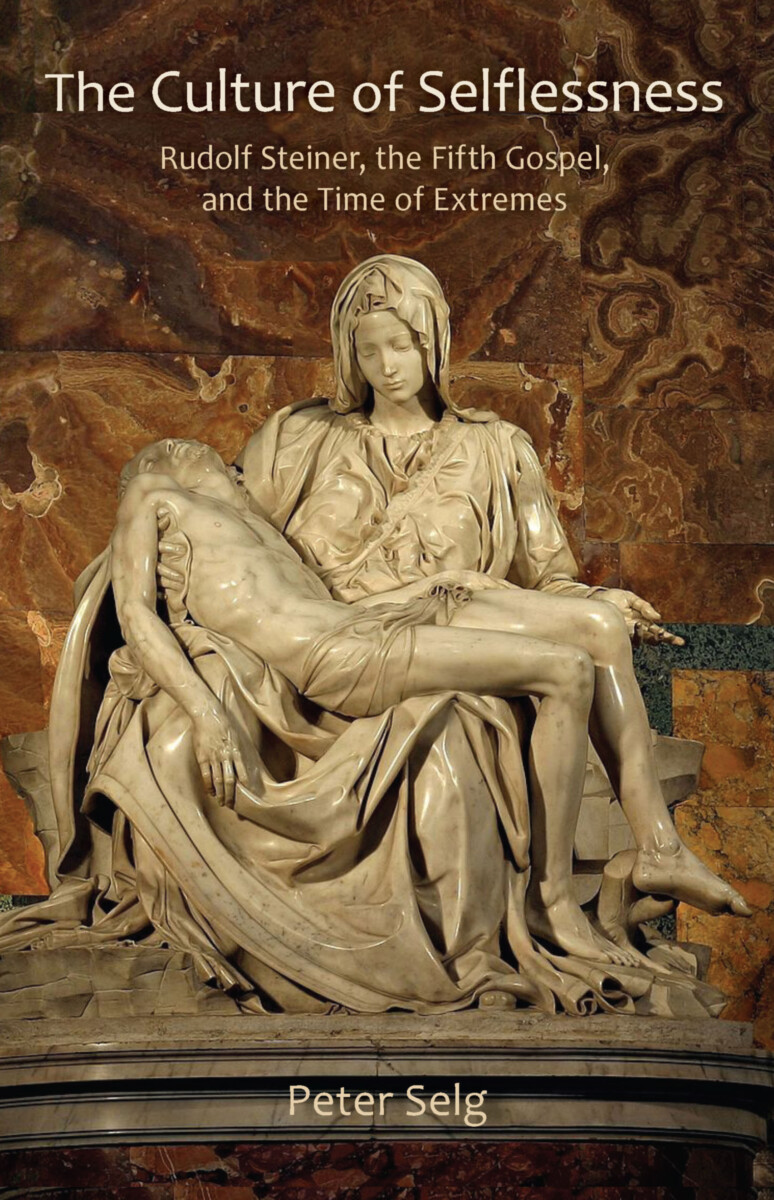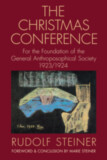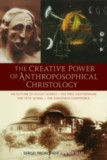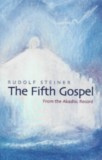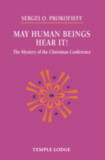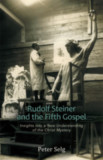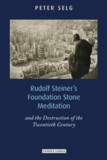The Culture of Selflessness
Rudolf Steiner, the Fifth Gospel, and the Time of Extremes
- Publisher
SteinerBooks - Published
24th August 2012 - ISBN 9781621480112
- Language English
- Pages 104 pp.
- Size 5.5" x 8.5"
“People will have to exchange the spirit of mere thinking for the spirit of direct vision, of direct compassion and shared experience of the Christ who is spiritually alive and walks at the side of all human souls...”
“We must first become selfless. That is the task of culture today for the future. Humanity must become more and more selfless; therein lies the future of right moral life deeds, the future of all acts of love that can occur through earthly humanity” (Rudolf Steiner, Approaching the Mystery of Golgotha, CW 152).
In a lecture eight weeks before the outbreak of World War I, Rudolf Steiner, conscious of developments to come, coined the phrase “culture of selflessness” to describe the culture that would develop in the future. The far-reaching social implications of his primarily Christological lectures on the Fifth Gospel, given in 1913/14 under the same political circumstances, were foreign to many of Steiner’s contemporary audiences, who largely failed to understand his dramatic accounts drawn from the Fifth Gospel (or that gospel itself) as a “source of comfort” for the future, or (as Rudolf Steiner said of them) as “needed” for future work.
The subsequent catastrophes of the twentieth and early twenty-first centuries, however, have sensitized us to Steiner’s central themes and contents of 1913/14. He spoke of spiritual development and self-preservation in the face of great suffering; of truly participating in the misfortunes of others; and of acquiring “true selflessness” that takes the human “I” fully into account.
During the 1930s, during the National Socialist reign of violence, a few of Rudolf Steiner’s pupils took this path of moral resistance and all-embracing therapeutic action. One example is described in the second chapter of this volume. Many other destinies are less well-known; by now, they can no longer be saved completely from oblivion. They include the great life work of Maria Krehbiel-Darmstädter, an anthroposophist of Jewish origin who was murdered in Auschwitz in 1943 (see Peter Selg's biography, From Gurs to Auschwitz: The Inner Journey of Maria Krehbiel-Darmstädter).
However, both now and in the future, in a world that must find humane ways to endure continued calamities of tremendous magnitude, the task Rudolf Steiner described remains relevant in all cultures and all parts of the globe. “A single great community covers the earth. Its name is suffering and strength.”
“Selflessness is essential to true anthroposophy.” (Rudolf Steiner, CW 220)
This book is a translation of Die Kultur der Selbstlosigkeit. Rudolf Steiner, das Funfte Evangelium und das Zeitalter der Extreme (Verlag am Goetheanum, Dornach, 2006).
C O N T E N T S:
Preface
Introduction
1. The Fifth Gospel
2. The Culture of Selflessness
3. The Connection with Rudolf Steiner
Appendix: Ita Wegman: The Mystery of the Earth (1929)
Notes
Bibliography
Peter Selg
Peter Selg studied medicine in Witten-Herdecke, Zurich, and Berlin and, until 2000, worked as the head physician of the juvenile psychiatry department of Herdecke Hospital in Germany. Dr. Selg is director of the Ita Wegman Institute for Basic Research into Anthroposophy (Arlesheim, Switzerland), professor of medicine at the Alanus University of Arts and Social Sciences (Germany), and co-leader of the General Anthroposophical Section at the Goetheanum. He is the author of numerous books on Rudolf Steiner, anthroposophy, medical ethics, and the development of culture and consciousness.


